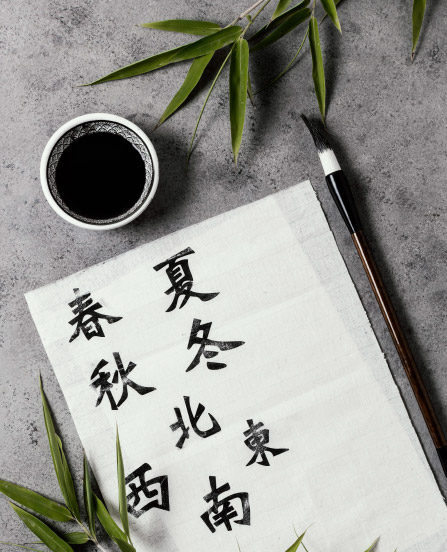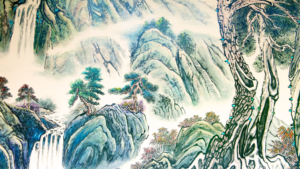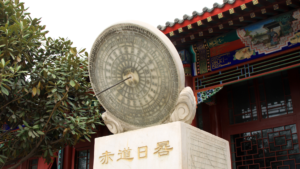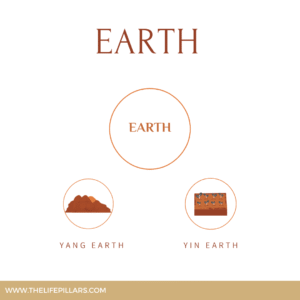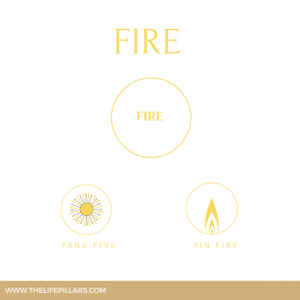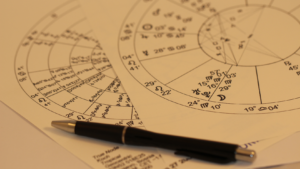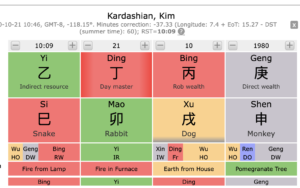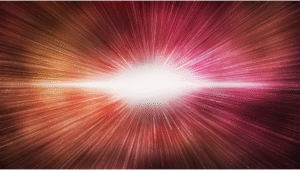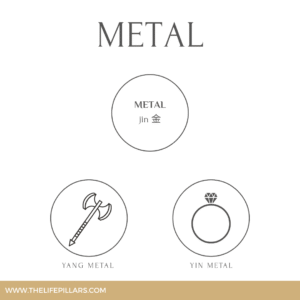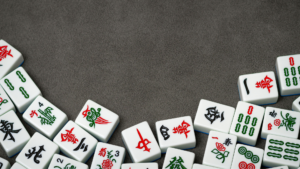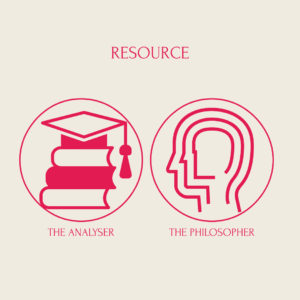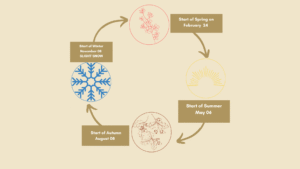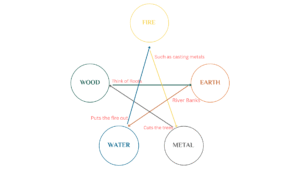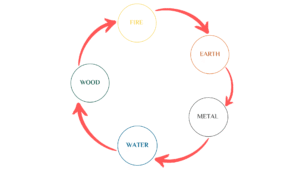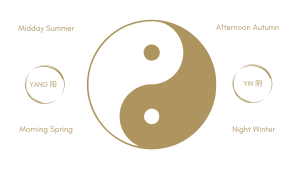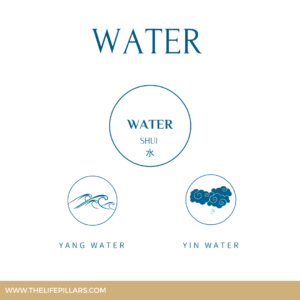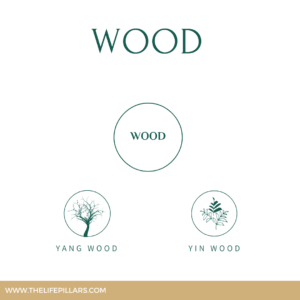Bazi Sizhu
The term Bazi (八字), literally means “eight characters” and it is also known as Sizhu (四柱), or four pillars. In reality Bazi is a system from the Chinese divinatory tradition, one that analyses the cosmic conditions at the time of one’s birth (it can also be applied to entities, such as businesses).
This analysis has at it’s core the Yin & Yang principle and the “five elements” concept (known also as five phases wuxing 五行).
The eight characters, or four pillars, define the moment of birth as per the old Chinese solar calendar.
The Bazi system studies the different types of balance or imbalance that can exist between the five elements, evaluating the state of the cosmos at the exact moment of birth.
This study allows for the understanding of what the person’s life may become, both in terms of their personality and in terms of the circumstances they might be surrounded by at the different stages of life.
The interpretation of the Bazi birth chart is carried out according to certain criteria and rules, which we refer to in different entries of this GLOSSARY.
Learn also what a Bazi chart is, and what elements compose it.
